

Max Davies
2026 GWM Cannon Ultra review
6 Days Ago
This year, we said goodbye to some thrifty hybrids, hot hatchbacks, cute drop-tops, and some budget-friendly fare.

News Editor
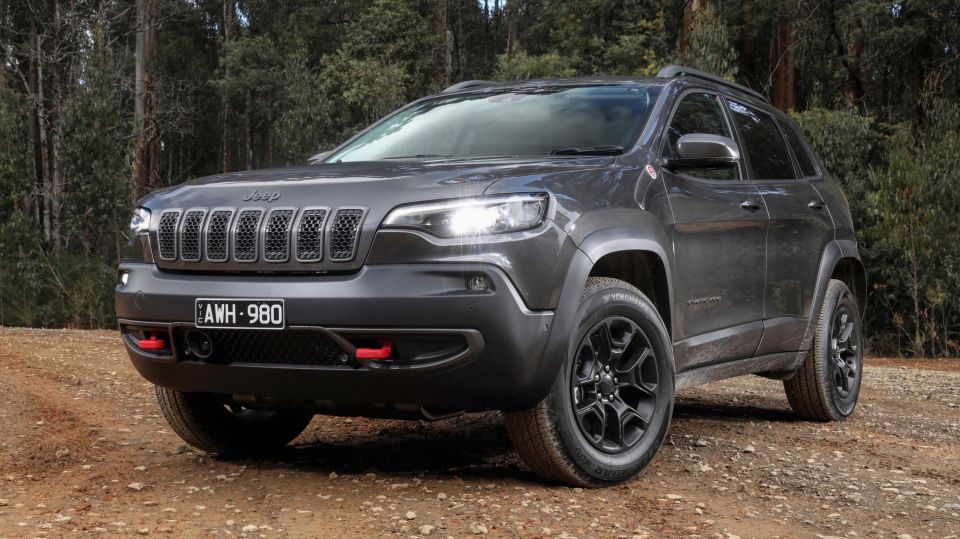

News Editor
2021 was a hell of a year for discontinuations, with Australian Design Rule 85/00 alone spelling the end of six different vehicles.
2022 was much quieter, with around half the number of discontinued vehicles overall, but there were still some common themes.
ADR 85/00 effectively killed off a couple more models, while some vehicles like the Ford Focus ST were officially discontinued due to supply issues – a sign of the times as customers wait months and sometimes even years to take delivery of some vehicles and production stoppages continue unabated.
But not every automaker’s reason for discontinuing a vehicle is quite as cut and dry as it would appear, and not every discontinued vehicle will be quite as missed as Ford’s hot hatch.
MORE: Every car discontinued in 2021 MORE: The cars we lost in 2020
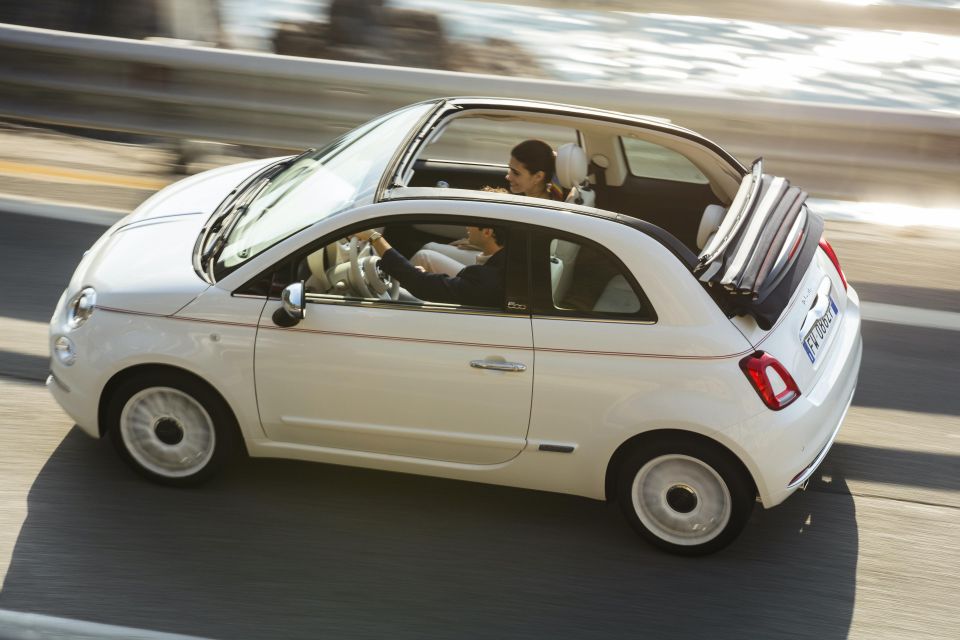
The cute Fiat 500C cabriolet and its spicier Abarth 595C counterpart were officially discontinued this year, though their hatchback counterparts live on.
The writing was arguably on the wall for the twosome last year, when a spokesperson for Stellantis Australia said the 500 and 595 hatches would be updated to meet the stricter ADR 85/00 side-impact regulations, but conspicuously avoided mentioning the drop-tops.
Fiat’s new 500e electric city car is arriving in the first half of 2023, and it’s available as a cabriolet in Europe. It remains to be seen whether this body style will be offered in the local line-up, though the cabriolet was a long-standing member of the local line-up having first launched here in 2010.
The loss of the 500C now means the Mazda MX-5 is Australia’s cheapest convertible, though its base price is more than $10,000 higher. The 500C opened at $25,450 before on-roads.
MORE: Updated Abarth here this year, Fiat and Abarth convertibles dead MORE: 2023 Abarth 500e EV revealed, in Australia late 2023

As in North America, if you want a new Ford passenger car you need to buy a two-door sports car. The Fiesta is taking a permanent siesta, with global production ending in June 2023 after 47 years, and the Focus is also being killed off locally ahead of the end of European production in 2025. By mid-decade, Ford of Europe’s line-up will consist entirely of SUVs, utes and vans as well, Mustang aside.
The Fiesta had seemingly defied the odds by returning for another generation in Australia in 2019. More cost-friendly Thai production had ended, forcing Ford Australia to import the vehicle from Europe. That led to the Blue Oval bringing the Fiesta here only in cracking ST guise; Hyundai would subsequently follow suit and import the i20 hatchback here in hot N trim.
While some rivals exited the segment entirely in Australia, we have to commend Ford for continuing to sell the Fiesta ST here even though it was only a low-volume model. The official reason for its discontinuation locally wasn’t slow sales, but rather ongoing supply issues out of Europe.
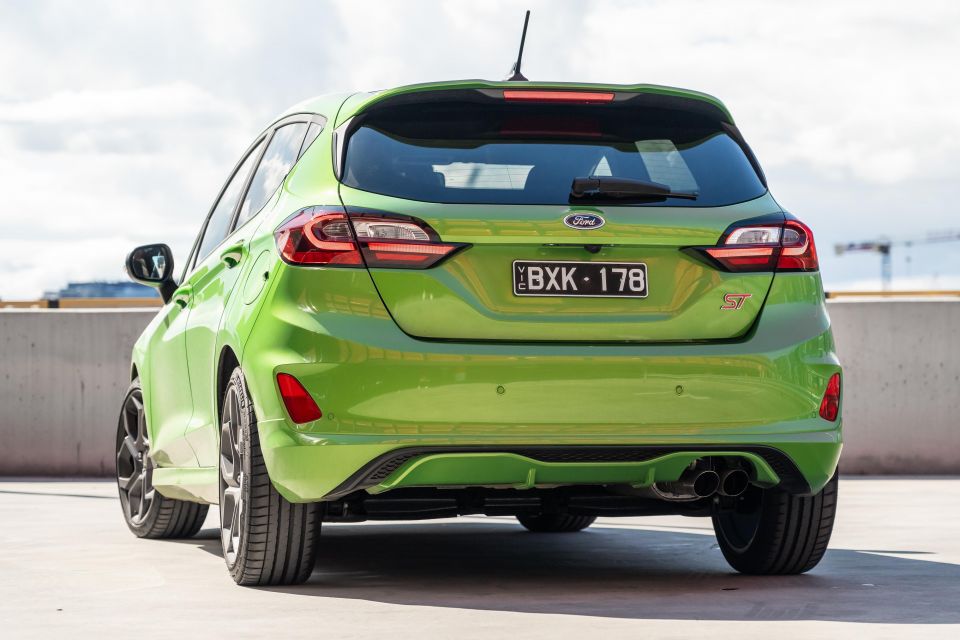
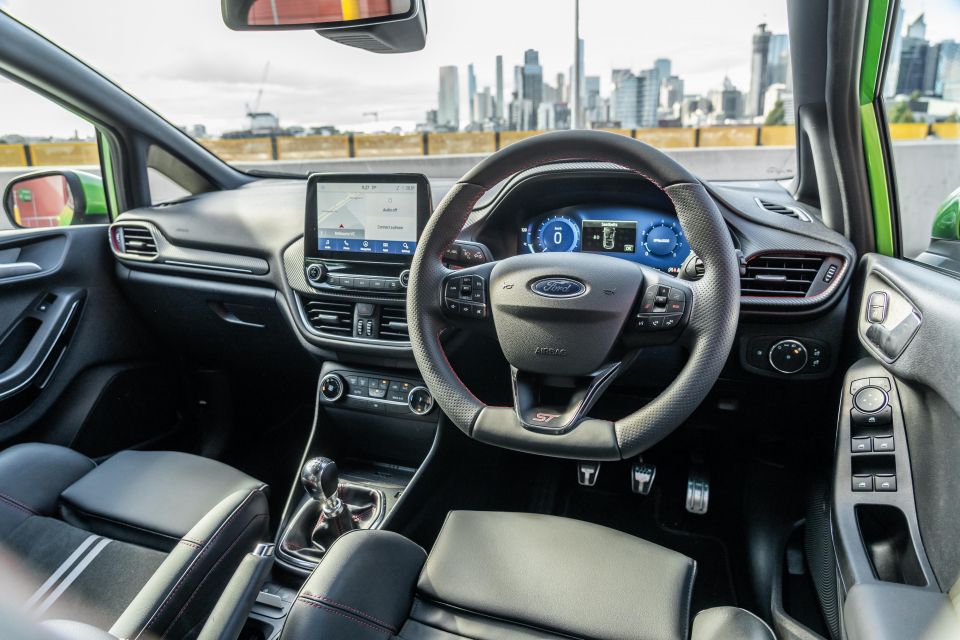
The axing makes the updated 2022 Fiesta ST – with its freshened looks and more torque and tech – even more of a rarity on Australian roads.
Prospective Fiesta buyers are now being effectively steered towards the related Puma, marketed as an SUV but offering genuinely engaging, car-like handling. But while a Puma ST is offered in Europe, it has yet to arrive locally due to the current lack of an automatic transmission – a hot hatch being manual-only is one thing, but an SUV lacking a slushbox is another apparently.
MORE: Ford Fiesta production ending in 2023 MORE: Farewell, Fiesta: How Ford’s city hatch evolved MORE: Ford Fiesta ST and Focus ST axed from Australian line-up
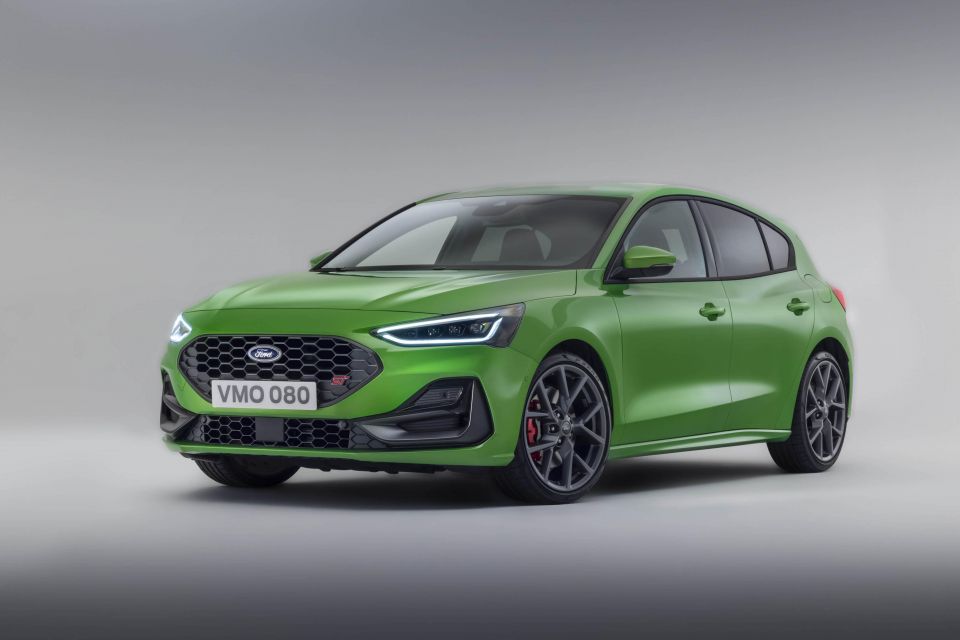
The story of the fourth-generation Ford Focus in Australia is that of a death by a thousand cuts.
Launched in 2019, the Focus had a relatively wide range of hatchback variants plus a single wagon. But then the price-leader Ambiente hatch was killed, with the Trend and Titanium hatches and ST-Line wagon killed for 2021.
The ST-Line and Active hatches were axed for 2022, but Ford committed to bringing the mid-life update model to Australia in ST and ST X guises.
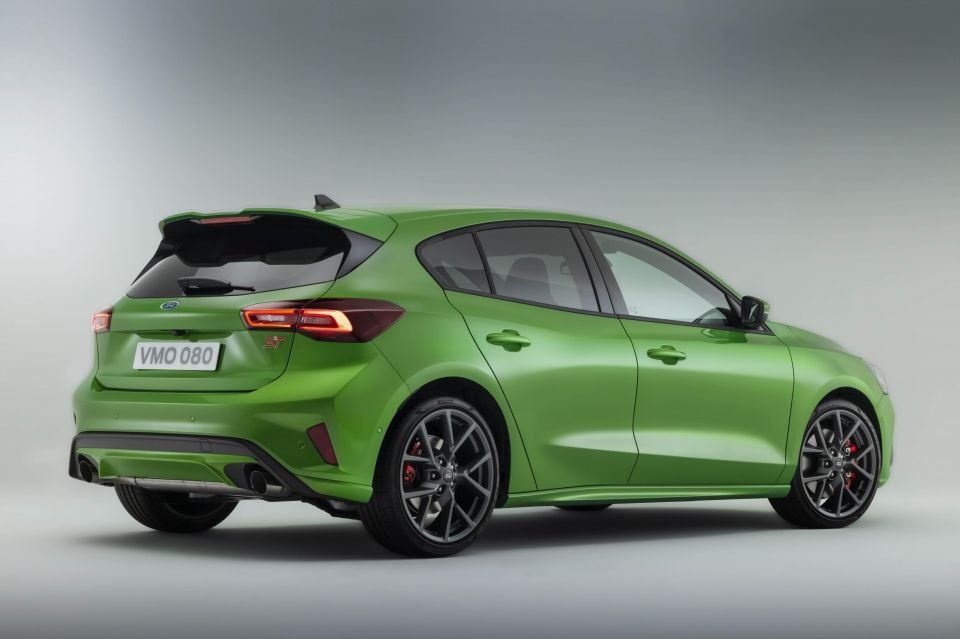
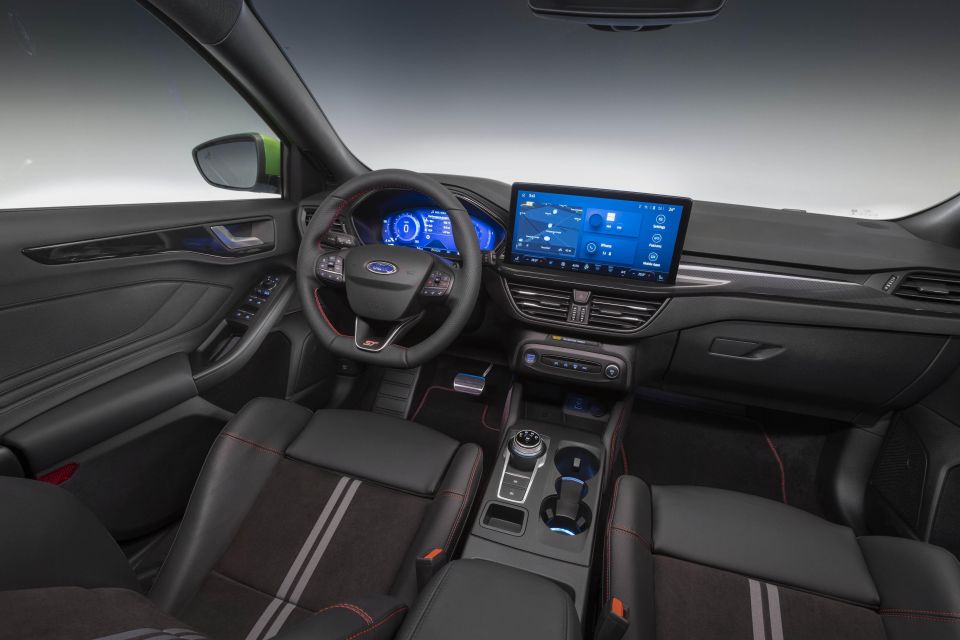
Alas, the best-laid plans often go awry, and supply chain issues hit the Focus. Specifically, the updated model’s larger 13.2-inch touchscreen running Sync4 relied on parts from war-ravaged Ukraine, and Ford Australia said it wasn’t interested in settling for the smaller 8.0-inch screen running Sync3.
Ford secured a shipment of a further 40 STs, but was forced to reach out to a number of order-holders to tell them their hot hatches wouldn’t be coming after all.
The loss of the Focus ST and the imminent discontinuation of the Renault Megane R.S. Trophy will see us lose two of the most engaging options in a segment that is surprisingly abuzz with activity, even as sales of electric vehicles and SUVs continue to rise.
MORE: Ford Fiesta ST and Focus ST axed from Australian line-up
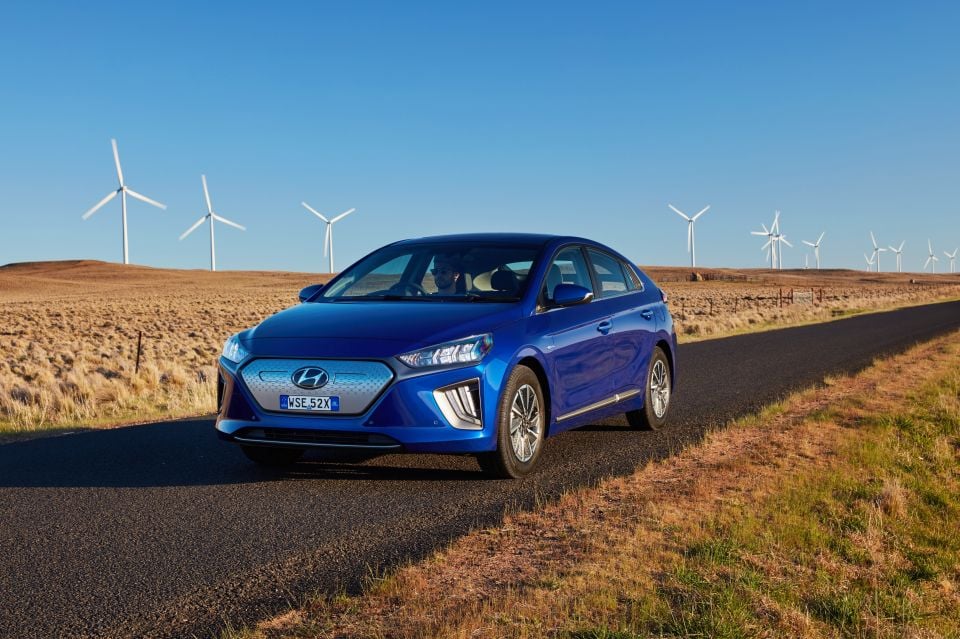
It might have looked like a Korean version of a Toyota Prius or second-generation Honda Insight, but the Hyundai Ioniq was noteworthy for two reasons.
It was Hyundai’s first electric vehicle in Australia, arriving in 2018 and beating the Kona Electric to our shores by a few months, and it unusually offered a choice of hybrid, plug-in hybrid and all-electric powertrains.
The latter was a feat matched only by the Kia Niro, which also went into production in 2016 but didn’t arrive here until May 2021. And yet, despite the delay, the Niro immediately outsold the Ioniq – the Kia logged 742 sales, the Hyundai 484.
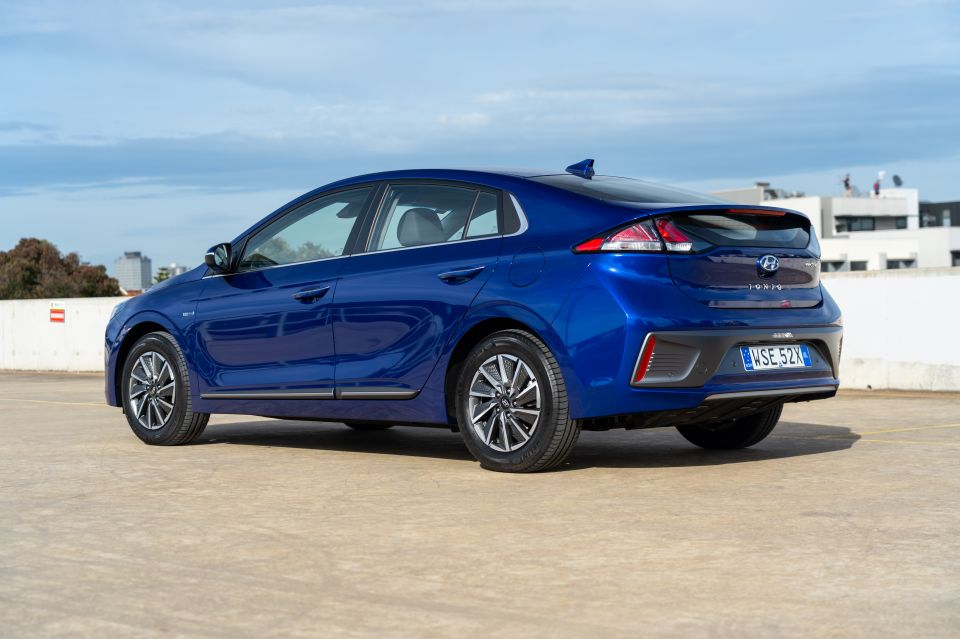
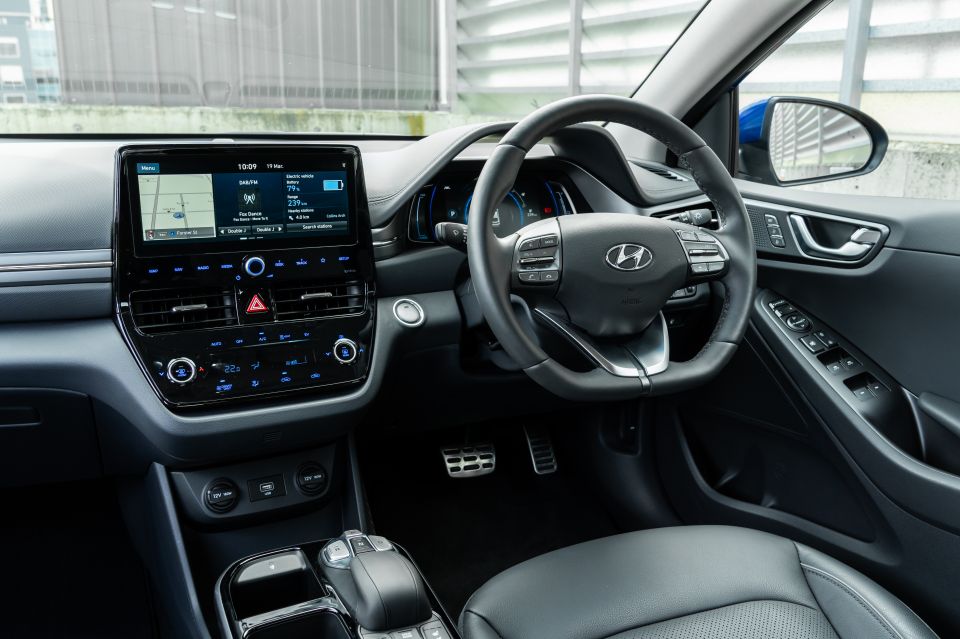
Perhaps it was the SUV body style that resonated better with buyers. Toyota Prius sales, for example, had fallen off a cliff by 2021, though it had showroom competition from a range of hybrid SUVs. Ioniq sales were steadier, though even in its best year – its last – it recorded just over 700 sales. The Niro could end this year with twice the number of sales.
All up, Hyundai sold around 2500 Ioniqs during its run in Australia. But slow sales aren’t the reason for its axing, with the plug instead being pulled on the Ioniq due to its global discontinuation.
The Ioniq sub-brand has the rather more exciting Ioniq 5 EV on offer now plus the slinky Ioniq 6 sedan soon, but otherwise Hyundai’s latest electrified models have come in the shape of SUVs.
The next-generation Kona will come here in both hybrid and electric guises, a Santa Fe Hybrid arrived this year, and plug-in hybrid versions of it and the Tucson – plus a hybrid version of the latter – are available overseas. We expect the Kona Hybrid to handily outsell the Ioniq, supply permitting, simply by virtue of its trendier shape.
MORE: Hyundai Ioniq axed, as Ioniq brand goes EV-only
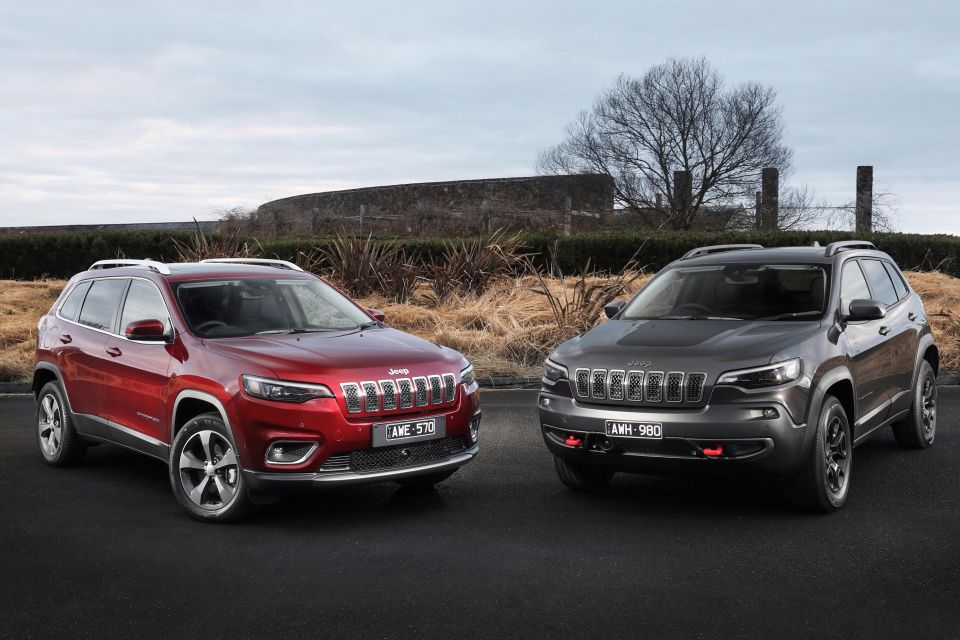
On the surface, the outgoing Ford Focus and Jeep Cherokee would appear to have little in common, other than their use of long-running nameplates and platforms developed initially for European-market models.
Like the Focus, however, sales of the Jeep Cherokee in recent years were well off volumes just a few years ago. Much as Ford did, Jeep systematically cut down the local KL Cherokee range until nothing was left – the turbo-diesel was axed several years ago, the four-cylinder petrol last year, and then finally the Limited and Trailhawk this year.
Shortly thereafter, Jeep confirmed the entire Cherokee line would be axed.
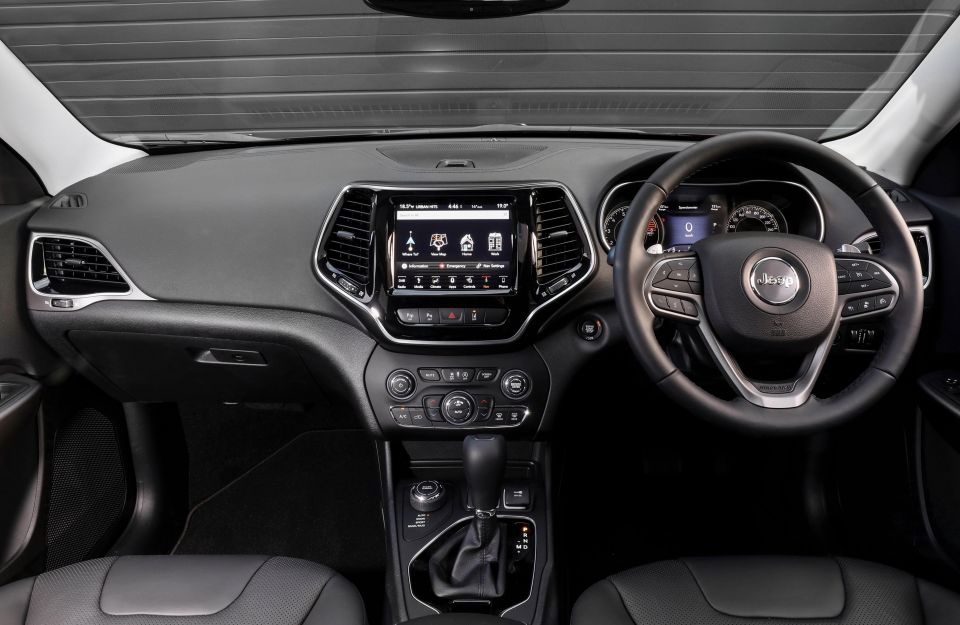
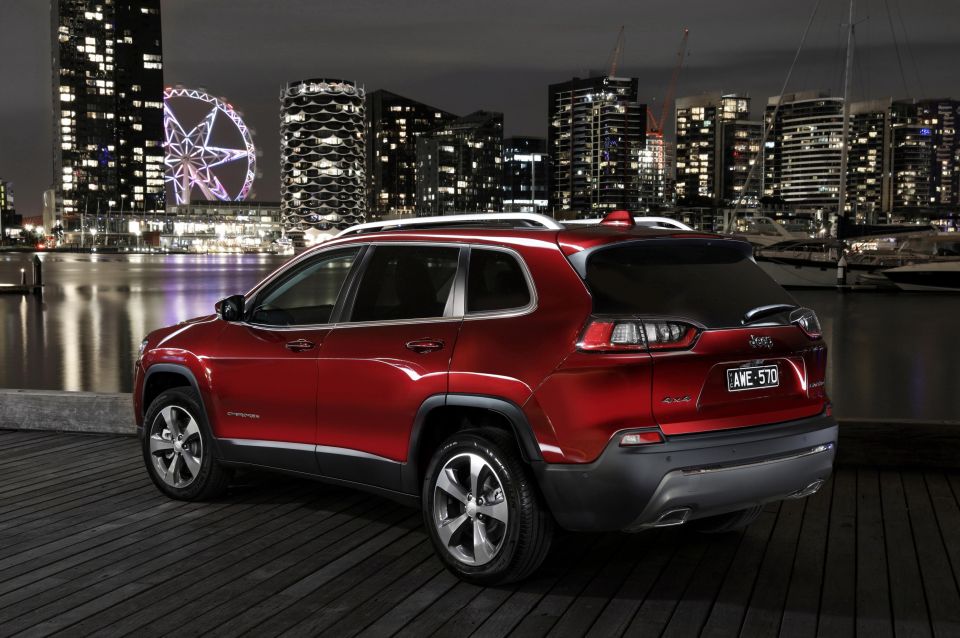
Jeep is ending global right-hand drive production of the model, though left-hand drive production will continue for North America and South Korea. But even in the US, sales of the ageing mid-sized SUV have been declining, if not quite to the same pathetic nadir as in Australia.
The Cherokee, despite its established nameplate, had become one of the worst-selling vehicles in its segment. Last year, Jeep sold just 382 Cherokees in Australia. The only mid-sized SUVs it outsold were the Citroen C5 Aircross (58 sales), Peugeot 5008 (189) and SsangYong Korando (353).
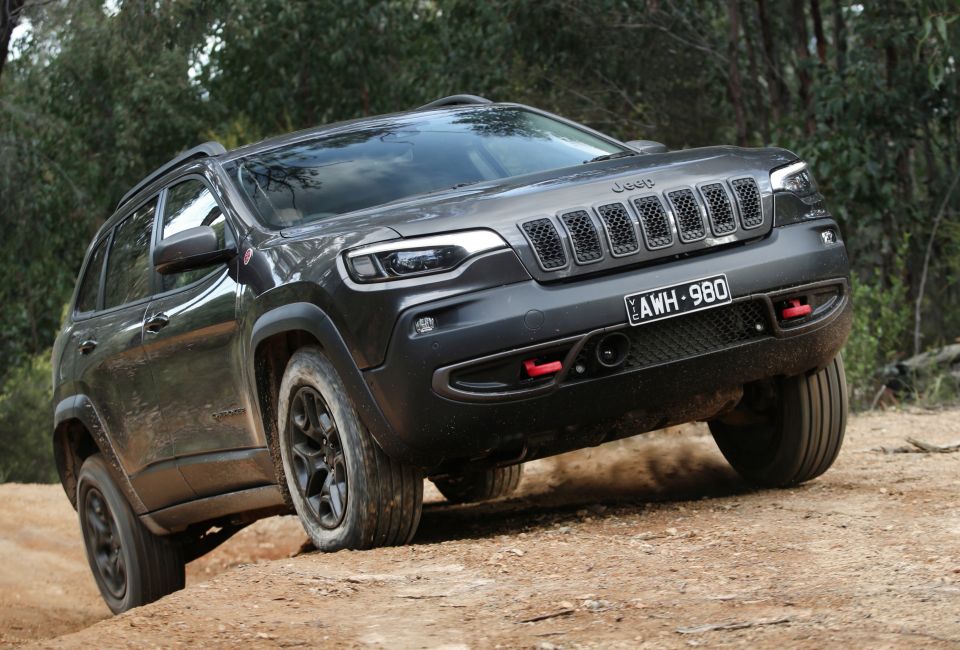
That’s remarkably poor for a vehicle competing in the second highest-volume segment in Australia, from a brand that specialises in SUVs, and which was posting sales of over 6000 units in 2015. Jeep’s global CEO Christian Meunier conceded earlier this year that the Cherokee was “getting less and less competitive in the very competitive segment”.
Blame a lack of updates. Despite offering a V6 – the last in its segment – and a variant with genuine off-road chops, at least for a unibody crossover, the Cherokee hadn’t received an update since 2018 and it showed. Jeep has discontinued it just months before what would have been its 10th birthday.
A replacement for the Cherokee is expected to debut before 2025 and offer an electric powertrain. While it hasn’t been officially confirmed for Australia, Mr Meunier said the majority of future Jeeps will be engineered for right-hand drive.
MORE: Jeep ending right-hand drive Cherokee production, Australian stock almost gone MORE: Electric Jeep Cherokee replacement expected by 2025
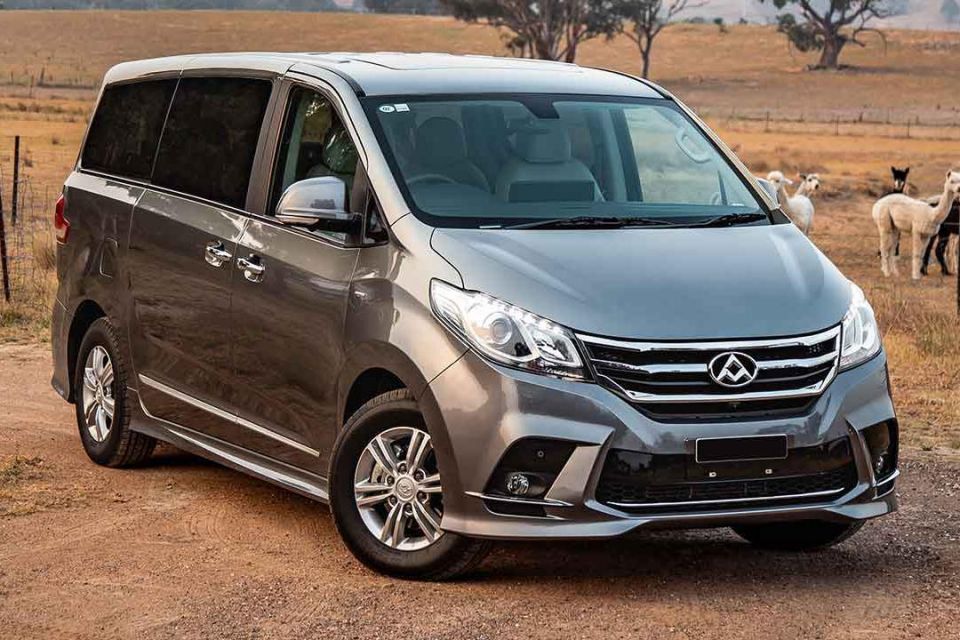
We haven’t driven the petrol-powered LDV MIFA yet, but we already have a good feeling it’s a better people mover than the G10.
One need only look at the list of standard safety equipment in the MIFA, which includes forward and reverse autonomous emergency braking, adaptive cruise control and front, front-side and full-length curtain airbags, among other features.
In contrast, the G10 had a pair of airbags up front and… that’s about it. Oh, and it had a mediocre three-star ANCAP rating from 2015.
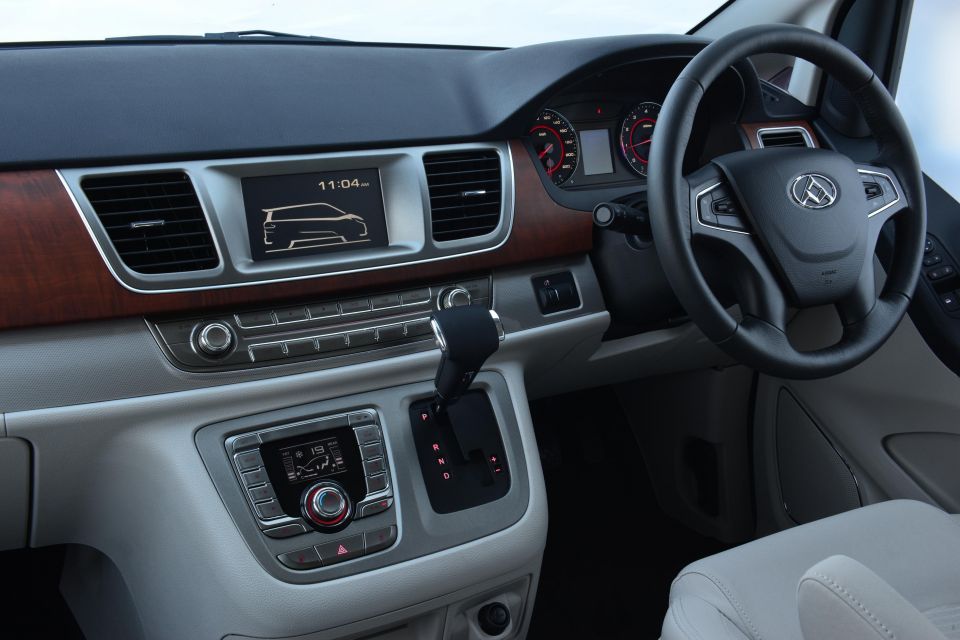
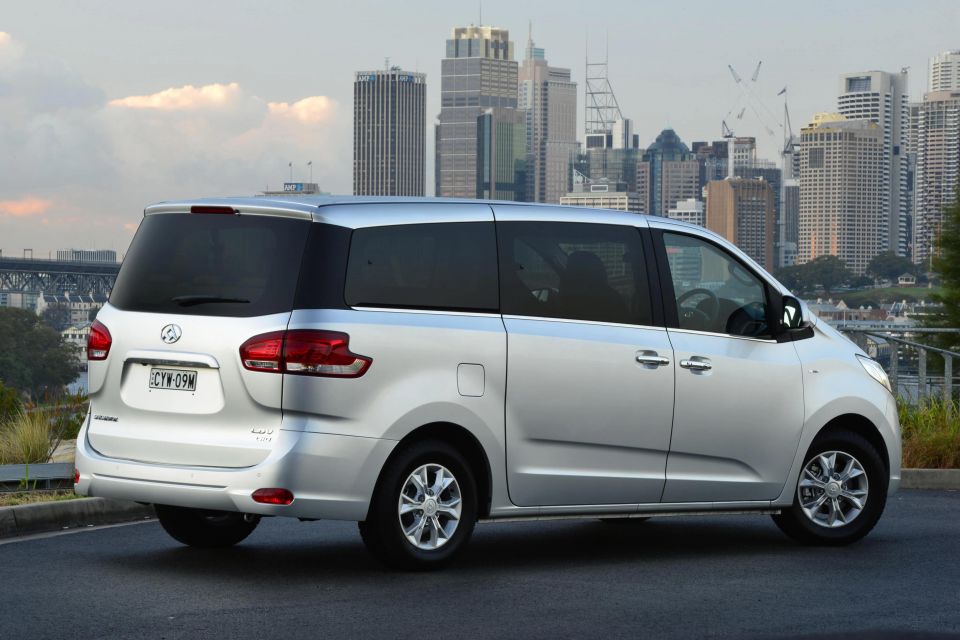
We could overlook some flaws in the G10 considering its sharp pricing – it started at around $35k drive-away, around $16,000 less than a base Kia Carnival. But safety performance is not something we are willing to overlook, particularly not in something designed to carry up to nine occupants.
All up, 5164 examples were sold during its 2015-22 run. We’re sad to see the people mover segment continue to shrink, considering how versatile a body style this can be, but this is one vehicle we’re happy to see the back of.
MORE: LDV G10 people mover axed, replacement coming
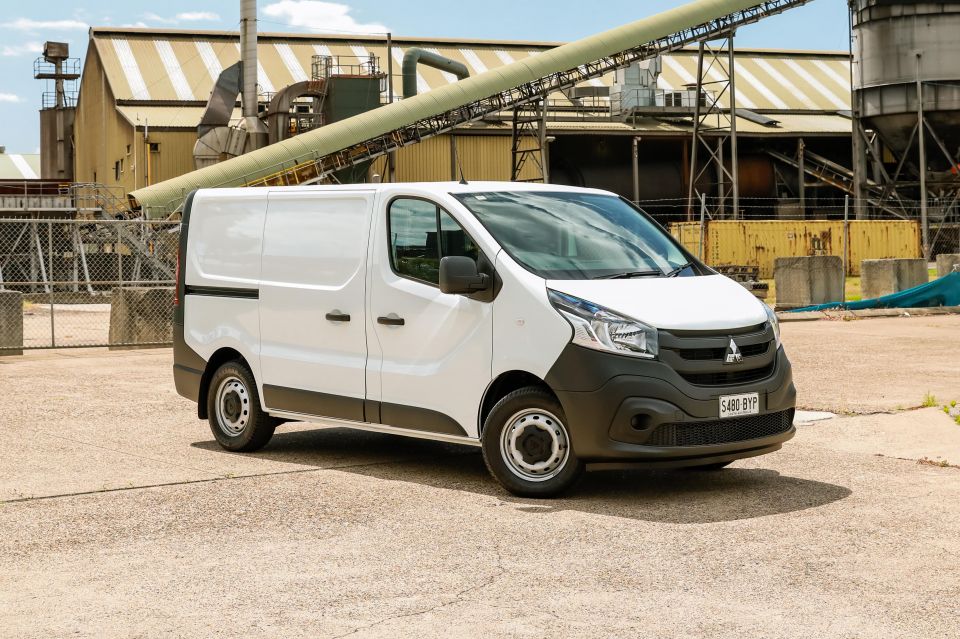
ANCAP’s decision to award the Mitsubishi Express a zero-star safety rating was controversial, with some observers praising the safety authority for testing a popular vehicle and others calling the move confusing.
How, some asked, could the Express have a lower safety rating than its predecessor which folded like a cheap card table in crash testing? Why, others asked, is there such a focus on active safety equipment levels instead of the fundamental crash worthiness of a vehicle?
The FCAI called ANCAP’s decision to award its first zero-star rating confusing, noting the related Renault Trafic had a rating from sister authority Euro NCAP from 2015.
The Express was tested under the stricter 2020-22 ANCAP testing protocols, and ANCAP justified testing it because it was technically a new model, even if it was simply a rebadge of an older product, and the Trafic’s Euro NCAP rating was from before ANCAP’s harmonisation of its ratings with that organisation.
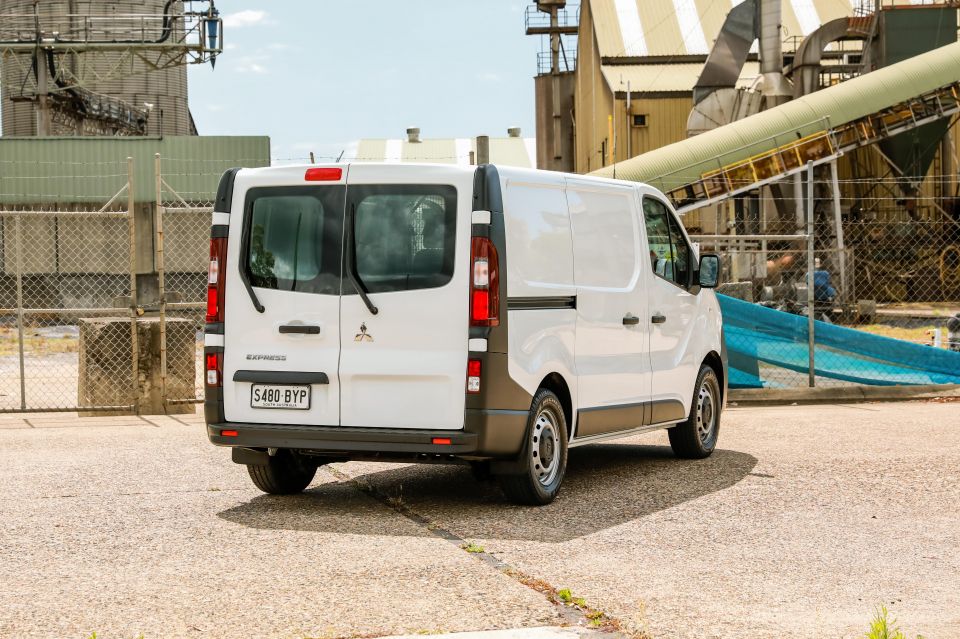
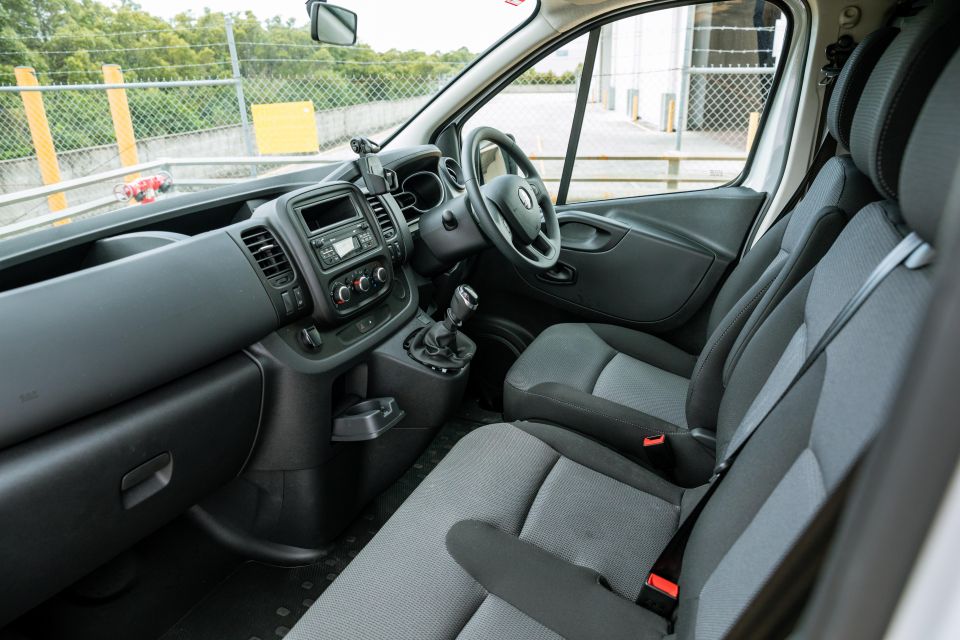
Mitsubishi discontinued the Express just a year after the fracas and two years after it reintroduced the established nameplate on a rebadged Renault. The official reason was due to global business and supply chain issues, but you’d be forgiven for thinking the company really just wanted to get rid of this PR albatross.
Despite the zero-star rating, anathema to organisations that require five-star ratings for their fleets, the Express still managed to sell decently. It wasn’t far off the related Trafic in 2021 (1780 sales vs. 2093) and outsold the Peugeot Expert and the LDV V80, which has a three-star ANCAP rating from 2013 and would almost certainly perform worse if re-tested under ANCAP’s current protocols.
All up, Mitsubishi sold 3815 Express vans over what was effectively a truncated two-year run. The brand has once again departed the van market in Australia.
MORE: Mitsubishi Express axed, final deliveries by end of 2022
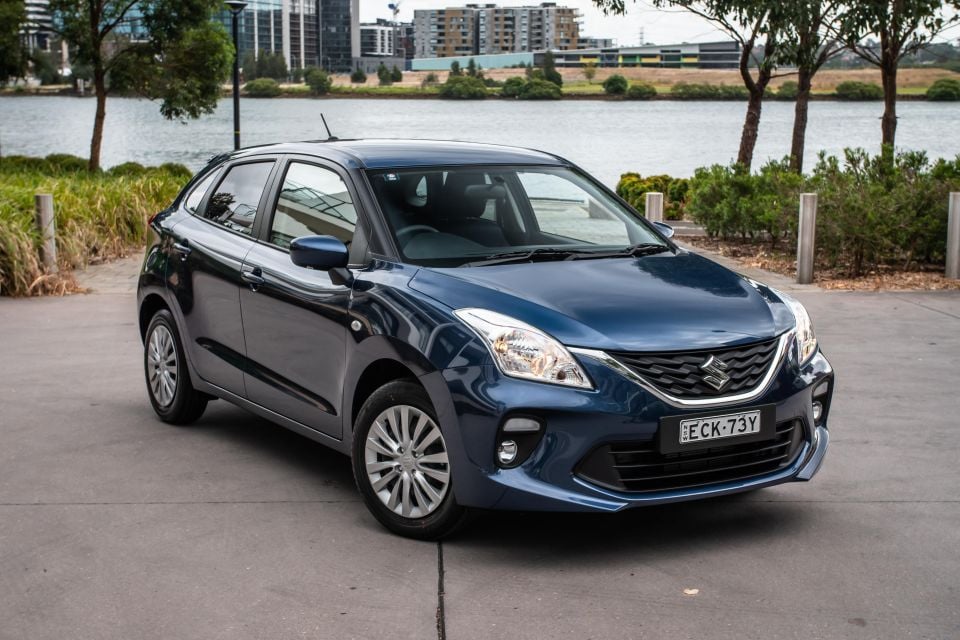
Suzuki officially confirmed it was axing the Baleno in July, after conspicuous silence on the prospect of the updated model coming to Australia.
Though the final batch arrived in May, year-to-date the Baleno is still the second best-selling vehicle in its segment, if well behind the dominant MG 3.
Once again, ADR 85/00, a safety regulation with no counterpart yet in markets like Europe, is to blame. The updated model revealed in India, where the Baleno is built, can’t be sold here as it won’t meet these standards, and will instead be sold on the sub-continent and in markets like Africa, Latin America and the Middle East.
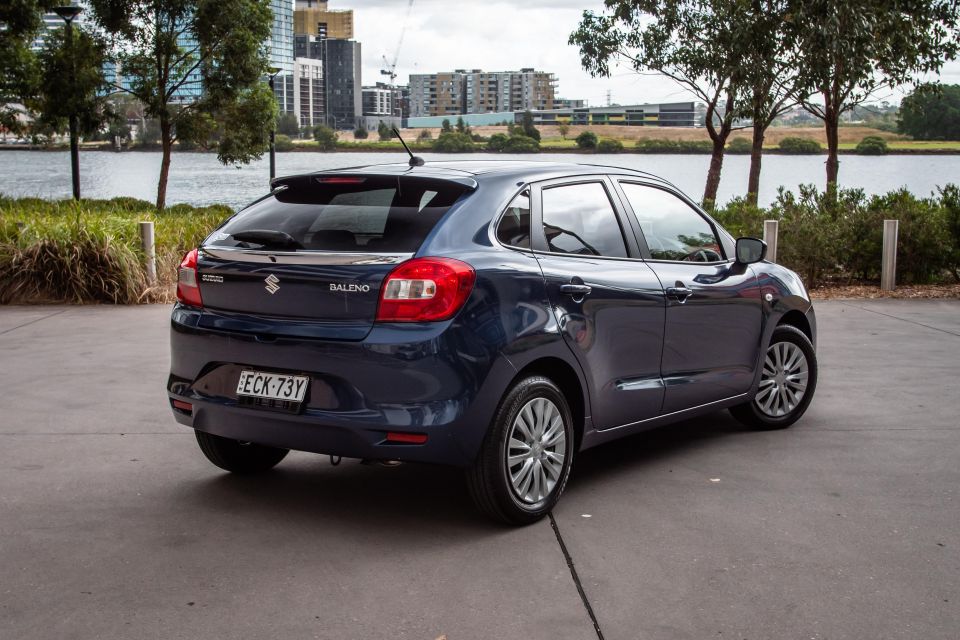

So goes one of Australia’s cheapest and most popular light vehicles, though Suzuki will still have an entrant in this segment with the Swift, a more expensive vehicle but one designed specifically for Europe and therefore offering more safety equipment.
The Baleno had been offered in Europe but was discontinued due to slow sales a few years ago, indicating a clear preference there for the Swift. But here in Australia, the Baleno year-to-date is more than 2000 units ahead of the Swift despite a more limited model range.
Stronger supply in 2023 could help the Swift perform better on the market, and the lack of a rival across the showroom floor could also grow sales even as the light car segment declines.
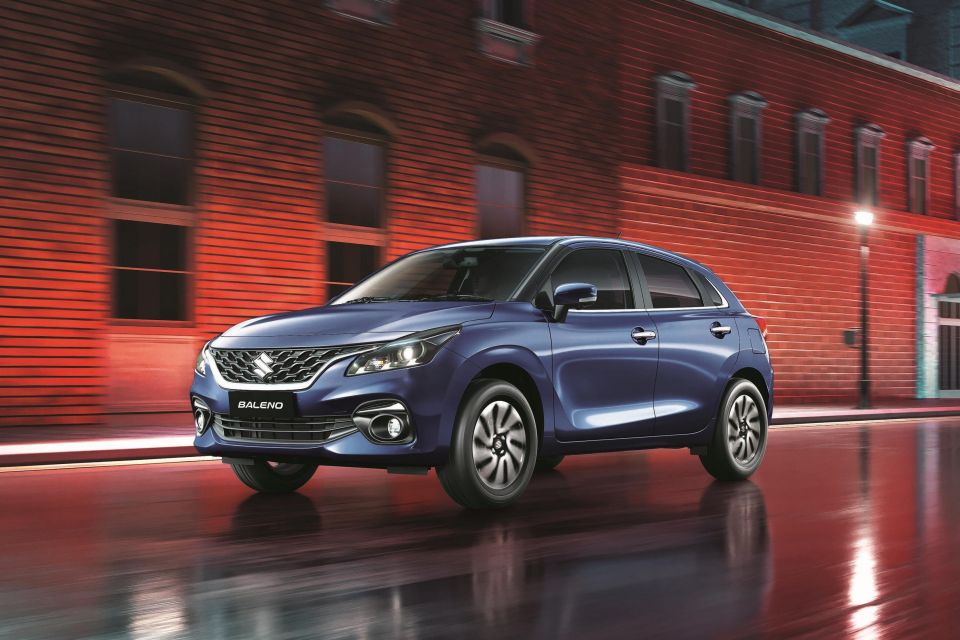
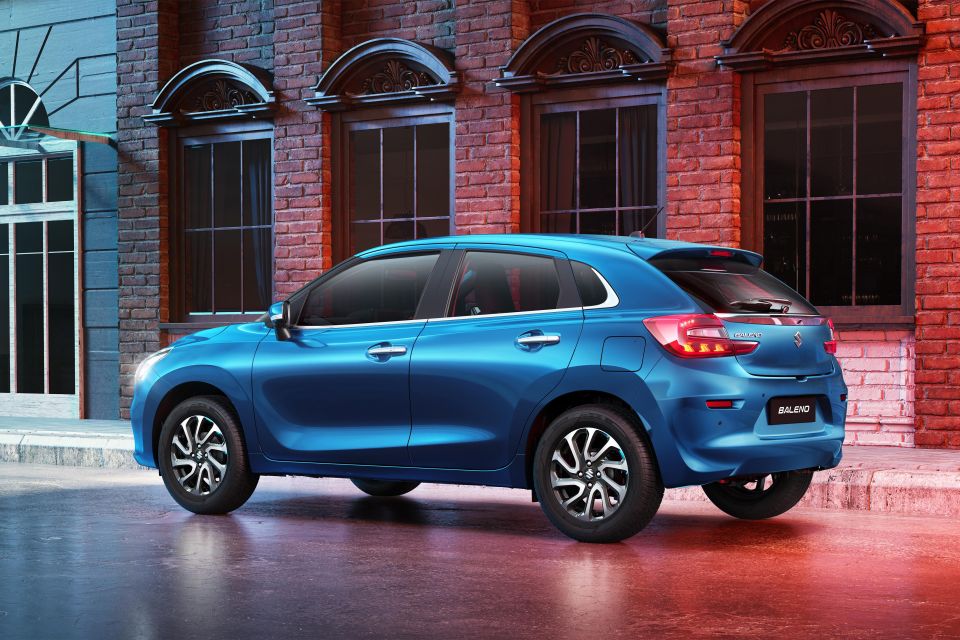
The Baleno was another returning nameplate, with Suzuki dusting off the familiar moniker in 2016 shortly before doing the same with the Ignis. This time around, the Baleno competed in the light car segment instead of the small car segment – though it was larger than the Swift – and was offered only as a five-door hatch, instead of a sedan, wagon or three-door hatch.
Suzuki discontinued the top-spec GLX Turbo in 2019, leaning into the Baleno’s positioning as a more budget-friendly option for light car buyers. Despite the lack of increasingly common autonomous emergency braking, Baleno sales remained strong. All up, Suzuki sold just over 21,000 examples in Australia – its last year was its best in terms of sales.
MORE: Suzuki Baleno discontinued, no replacement for popular light car

We’ll miss out on the sexy new fifth-generation Toyota Prius, and we can put much of the blame on the controversially styled fourth-generation model.
Though it was more aerodynamic and fuel-efficient than its predecessor, not to mention better to drive thanks to its new TNGA underpinnings, the fourth-generation Prius – launched in 2016 – sold poorly.
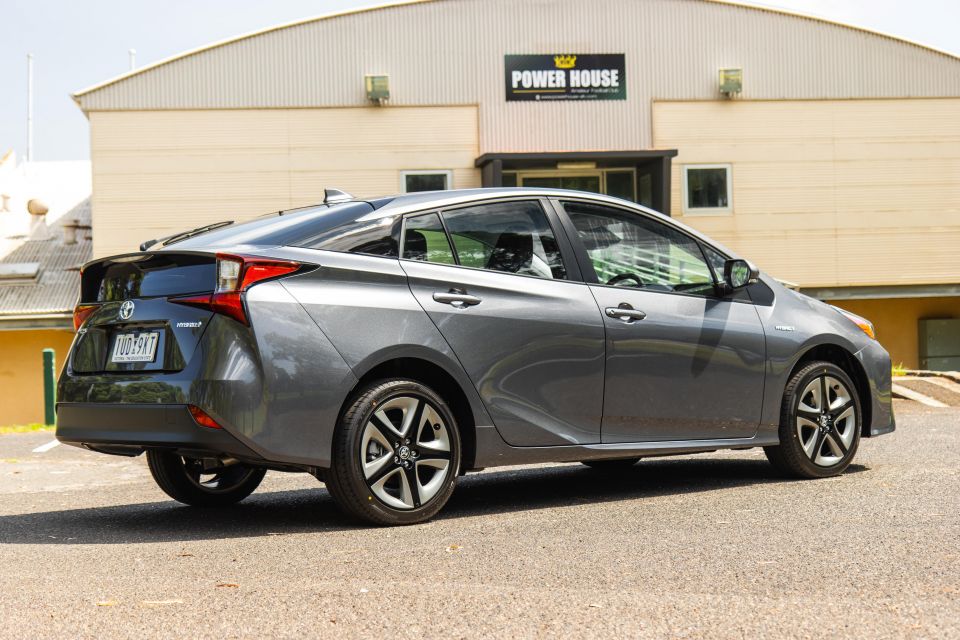
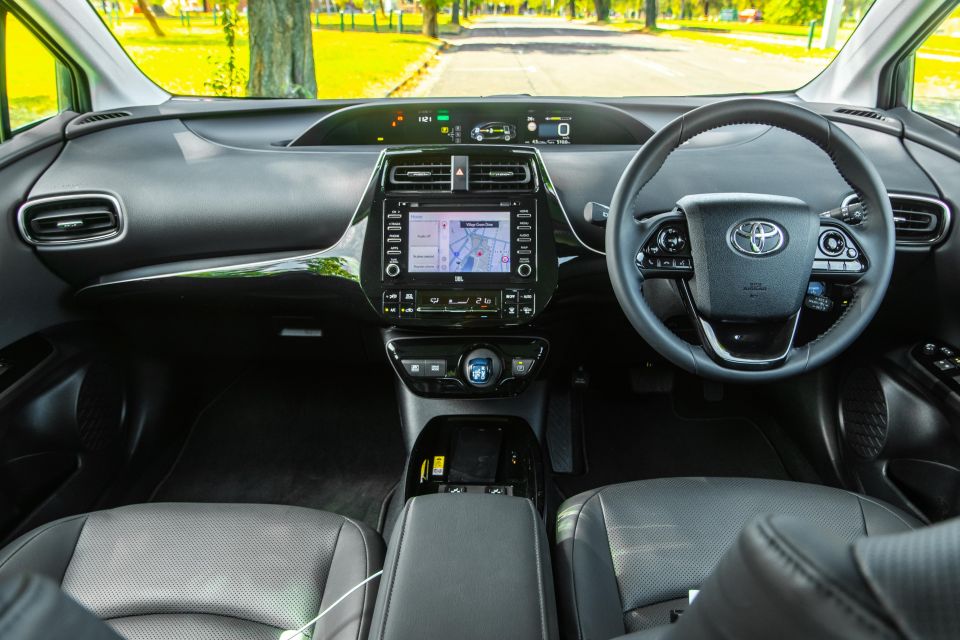
While Toyota was selling upwards of 3000 Priuses annually in the late 2000s, its sales took a hit in the early 2010s, likely due to the introduction of a hybrid version of the Camry. The larger sedan may not have been as efficient, but it was more conservatively styled and – at the time – built in Australia.
If Toyota had expected the 2016 redesign to reinvigorate sales for its Prius line, they were in for a rude awakening: sales dipped slightly that year to 415, and then continued to slide every year thereafter. In 2021, just 77 examples of the hybrid hatch were sold here.

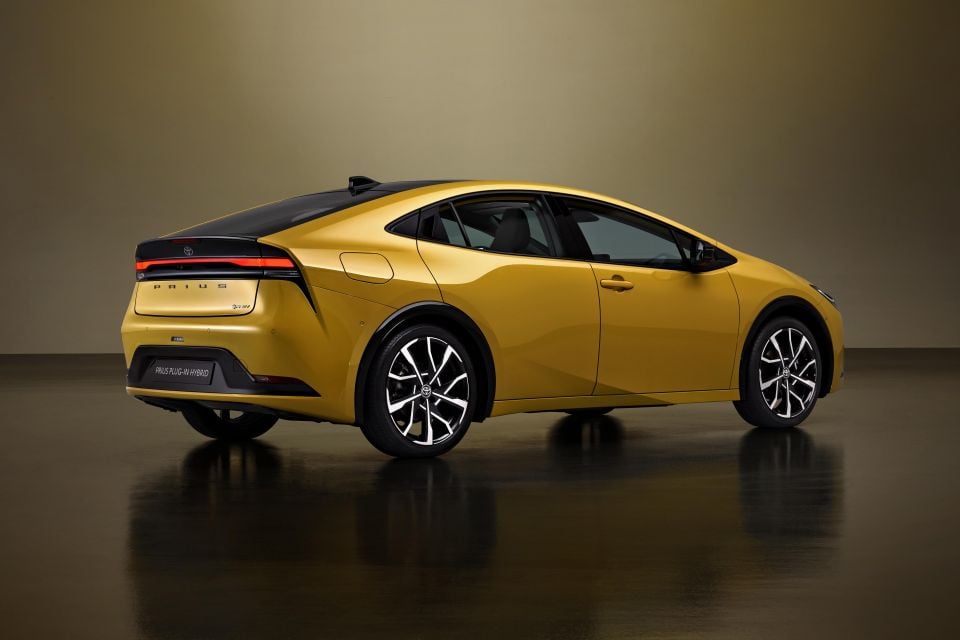
The Prius by now had to deal with in-house competition not only from the Camry hybrid, but also from electrified versions of the Yaris Cross, C-HR and RAV4 as Toyota continued to proliferate hybrids throughout its line-up. It’s clear consumers were willing to sacrifice a bit of fuel economy for a more crowd-pleasing exterior design, while the Prius’ relatively high price – at least in relation to the Camry hybrid – likely didn’t help matters.
Australia isn’t the only market where Prius sales have declined, but paltry volumes appear to have killed the business case for bringing the new model here. That’s a crying shame as not only is it better looking, it’s also more powerful and boasts a longer EV driving range in plug-in hybrid guise.
MORE: Toyota Prius axed from Australia MORE: Toyota Prius: A look back, as it’s retired from Australia MORE: 2023 Toyota Prius revealed: Sportier looks, unlikely for Australia MORE: Why isn’t Toyota bringing the sleek new Prius to Australia?
William Stopford is an automotive journalist based in Brisbane, Australia. William is a Business/Journalism graduate from the Queensland University of Technology who loves to travel, briefly lived in the US, and has a particular interest in the American car industry.


Max Davies
6 Days Ago


Josh Nevett
4 Days Ago


Max Davies
4 Days Ago


Max Davies
3 Days Ago


Neil Briscoe
2 Days Ago


Max Davies
24 Hours Ago